Day Six | 10,827 ft Above Sea Level
The earthquakes in 2015 have frightened tourists from traveling to Nepal, leaving behind impoverished Nepalese who were accustomed to a seasonal mass tourism within the Annapurna.
Restaurateurs and inhabitants have become so hopeless that they’ve created fictitious village names in the middle of nowhere hoping to lure some trekkers to their lodgings. Imagine the hikers’ disappointment when the actual village appears an hour and a half later, three villages farther along the circuit. While the Nepalese are generally very honest and generous, they are simply trying to boost tourism and economy in their fractured land. I feel immense compassion for those who are suffering from the lasting consequences of the earthquakes.
I have to wonder whether these temporary invaders who annually storm the Annapurna Circuit are a welcomed source of income for locals, or a constant reminder of the luxury that many Nepalese cannot afford. Nearly every hostel offers goods that Westerners expect along their trek, including beer, chocolate, potato chips, and steak—which the Nepalese do not have themselves.
But, all of these luxuries are brought to the circuit on the backs of residents who travel along the trails which have been the trading route between Nepal and Tibet for centuries. By old men, women, and children—who are only a stone’s throw away from the official route, but try to find food in the barren soil. They invite us to tea with a hearty gesture, yet my international trekking friends and I know nothing about them—like two parallel worlds existing side by side.
We’ve now been trekking for six days. Fortunately, the prophecy of Karen the yoga teacher has proven right. Yesterday, on the fifth day of the trek, the pain in my shoulders merged with the straps of the backpack, and I can no longer distinguish between numbness and suffering.
Nature, however, compensates for the physical hardship as she is not stingy with her beauty. The trails are sometimes so unspoiled with a view so pristine, you think you’ve taken a wrong turn. It’s easy to get lost in the idyllic scenery of this Jurassic Park setting, in the depths of the waterfalls, the rolling green hills, and the foggy peaks which pop out a bit more with every step I take.
The days begin with the praying mantises who perform their ritual cleansing at dawn and end with the sounds of crickets chirping me to sleep. In between, there are ants in the mashed potatoes, monster spiders in the latrine, and nerve-killing flies which buzz relentlessly in front of the eyes.
But nothing can spoil my mood. Not the oppressive shoes or the blisters on the feet or the weight of the much too heavy pack nagging at my shoulders. I walk, climb, and wade over paths and gravel roads, through mountain streams and marihuana fields, gorges and Tibetan refugee camps, fairytale forests and apple orchards, hanging bridges and recesses in rock walls. Moss follows bamboo, conifer is followed by foliage, sanddorn bushes follow the rhododendron, which is Nepal’s national flower.
Trekking becomes meditative; there is no thinking and no fear. Just one foot in front of the other, keeping an eye on the soles of the shoes of the front man. Not only do you cover unbelievable distances, but you also keep your mind free, losing any sense of time and space.




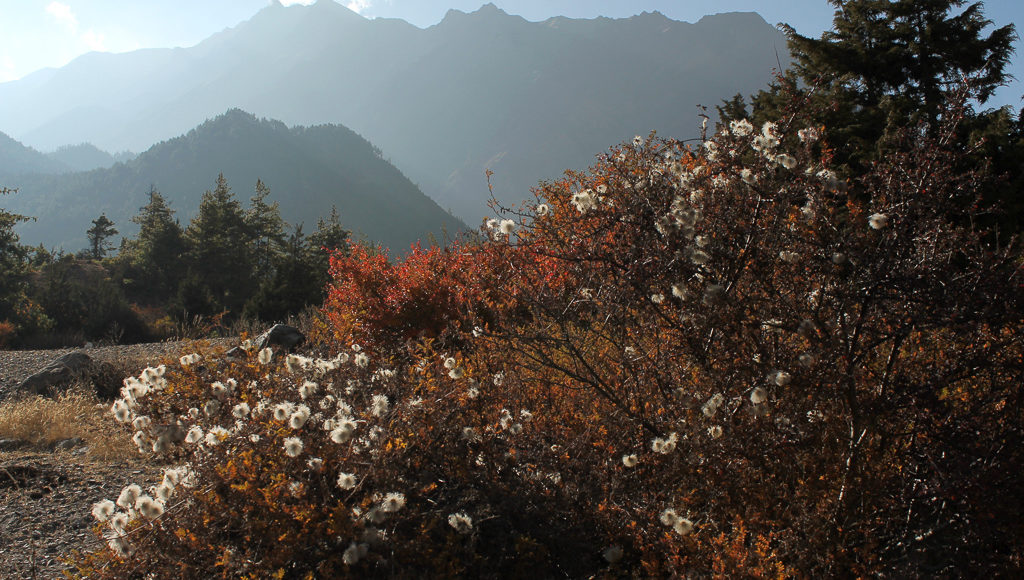
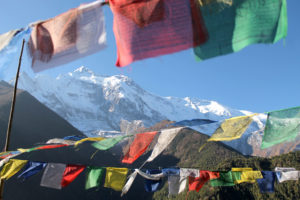
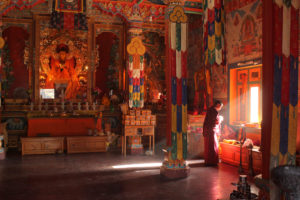
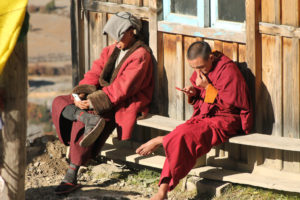
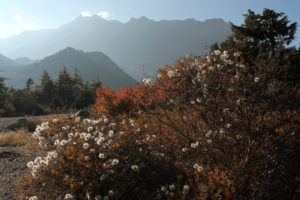
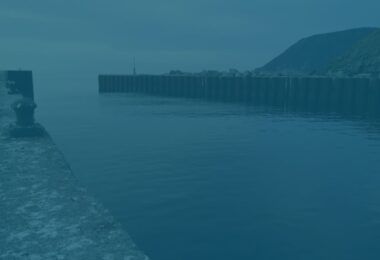
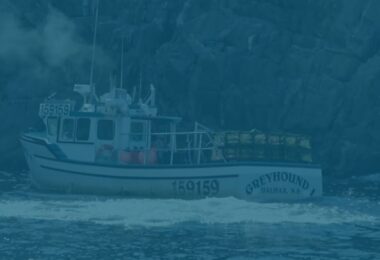
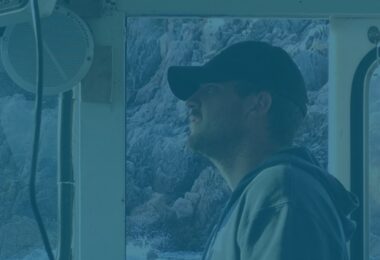
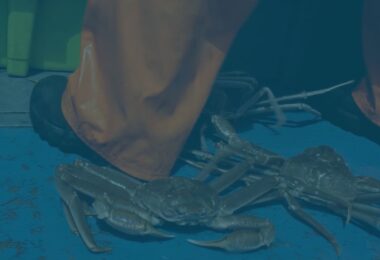

No comments